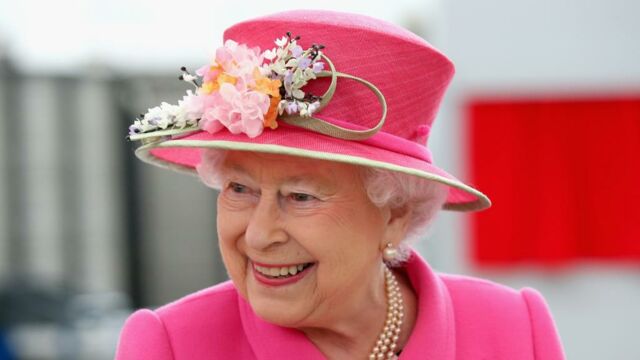The death of the Queen of England is not only a national event but also a global one. Elizabeth II was the monarch of the United Kingdom, Great Britain and Northern Ireland, but also of fourteen sovereign states, known as the Commonwealth realms, which include Australia, Canada, New Zealand, Antigua and Barbuda, the Bahamas, Belize, Grenada, Jamaica, Papua New Guinea, St Kitts and Nevis, St Lucia, St Vincent and the Grenadines, Solomon Islands and Tuvalu.
Discover our latest podcast
After more than 70 years of reign, the death of the Queen brings inevitable changes. But what are they?
Prince Charles becomes King of England
With the death of Queen Elizabeth II, Prince Charles, her son, accedes directly to the throne. He becomes King of the Commonwealth Realms. He will be the third King Charlesunless he decides to change his first name at the time of his coronation, as some of his predecessors did.
At his side, his wife, Duchess Camilla Parker-Bowles, consequently became Queen Consort in her turn.
On the day of Elizabeth II's death, Charles took to social media to address the nation. The next day, the new King of England travels to Scotland, Wales and Ireland to meet his subjects.
Prince William, the new claimant to the throne
Since Charles is now king, the new first claimant to the throne is his eldest son, Prince William. Thus, a new royal line is established, the Cambridge family consisting of Prince William, Kate Middleton, Duchess of Cambridge, and their children Prince George, Princess Charlotte and Prince Louis. If King Charles dies or abdicates, William will succeed him, followed by his son Prince George.
Thus, William will succeed his father as Prince of Wales, and Kate Middleton will become Princess of Wales, like William's mother Diana Spencer before her. However, she can also refuse the title as Camilla did before her.
A new national anthem for the UK
Since 1744, the song ‘God Save the King’, of its original title, has been used as the national and royal anthem in the United Kingdom and New Zealand, and only as the royal anthem in the other Commonwealth kingdoms. The song, whose melody was composed by Jean-Baptiste Lully, has great symbolism in the history of the UK.
When the sovereign is a woman, such as Queen Elizabeth II, the text is adapted and the title becomes ‘God Save the Queen’.
After the death of the Queen, as King Charles is a man, the anthem reverts to ‘God Save the King’, as before the coronation of Elizabeth II in 1952.
Currency: a new face on coins and notes
In addition to the national anthem, thecurrency will also undergo a change. When Elizabeth II reigned, her face was on British, Canadian and New Zealand banknotes and coins. But when the new king, Charles, was crowned, his face will grace the currency. Notes and coins bearing his image will be put into circulation and will gradually replace those bearing the late Queen's face.

Queen Elizabeth II's initials replaced by Charles'
The same applies to the initials on the uniforms and badges of the British police force, which were ‘E.R.’ for ‘Elizabeth Regina’, and will be changed to those of the King.
These initials appear not only on uniforms but also on many pediments and letter boxes. Not all of these will be replaced, some will remain as historical mementoes and as a tribute to the Queen. The postage stamps show both the Queen's face and her initials. With the coronation of the new King, stamps bearing her likeness will be released.
A public holiday to commemorate the funeral of Queen Elizabeth II
The fateful day of Queen Elizabeth II's death marks the beginning of a twelve-day national mourning period. The Queen's funeral will take place ten days after her death. To commemorate this event, the date of her funeral will become a public holiday in the UK and some Commonwealth countries.
This article was translated from Oh!MyMag FR.
Read more:
⋙ Prince Charles: This is the name the new monarch has chosen
⋙ The Queen's death: What will happen now according to Operation London Bridge?















